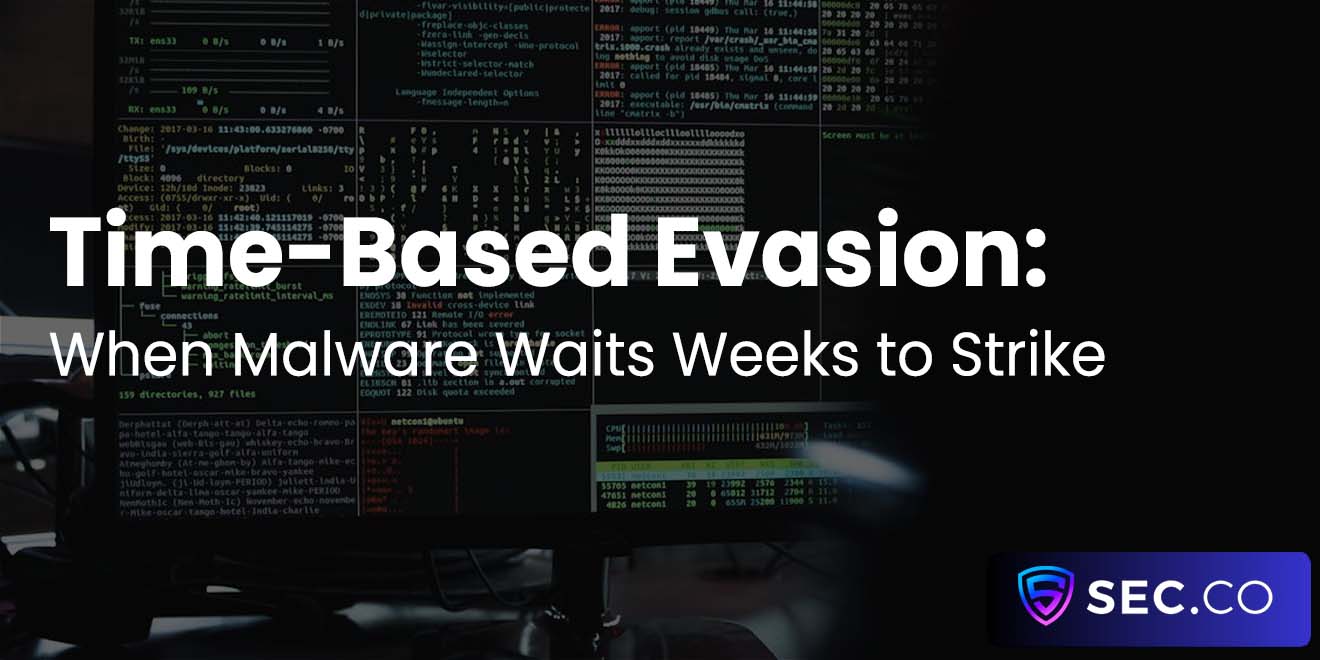GPT and Cybersecurity: How LLMs Can Be Used for Both Defense and Attack
If you’ve spent any time scanning cybersecurity headlines, you’ve almost certainly come across mentions of GPT and other large language models (LLMs). Depending on whom you ask, they’re either game-changers for spotting hacking attempts or new tools for cybercriminals to exploit. Both viewpoints have some truth.
Like many powerful technologies, LLMs can fortify defenses just as easily as they can help attackers. Below is a closer look at how that plays out—and some ideas for keeping your organization protected.
A Quick Win for Threat Detection
When you’re knee-deep in security logs, trying to isolate suspicious patterns can feel like hunting for a needle in a digital haystack. That’s precisely where GPT-style models come in handy. LLMs can sift through mountains of data—from firewall logs to endpoint alerts—and highlight unusual activity in mere seconds.
Rather than wading through this information by hand, security analysts can let LLMs surface the potential threats. This saves time and helps teams zero in on real risks faster, preventing minor issues from ballooning into full-blown incidents.
A Dream Come True for Social Engineering
Unfortunately, threats aren’t one-sided. Cybercriminals can use GPT-like models to craft extremely convincing phishing emails, malicious social media posts, and bogus websites. Gone are the days of poorly worded scams filled with spelling errors and obvious red flags; now attackers can produce smooth, polished copy that’s much harder to spot.
It’s a wake-up call for organizations that rely on employees (or customers) to sniff out phishing attempts. Basic cybersecurity hygiene—double-checking suspicious links, enabling two-factor authentication, and verifying unexpected requests—remains a solid defense.
Automating Tedious Work for the “Good Guys”
When it comes to mundane tasks like writing up incident reports or drafting security policies, LLMs can shoulder a surprising amount of the grunt work. Instead of pouring hours into manual documentation, security teams can hand off some data collection to these AI tools.
They might quickly summarize threat intelligence, highlight emerging vulnerabilities, or even propose first drafts of mitigation plans. This way, the “people part” of the team can devote more energy to nuanced problem-solving and strategic thinking—activities where human judgment really shines.
Fueling More Sophisticated Attacks
As with any advanced tech, criminals can turn AI and LLMs into an offense multiplier. Automated scripts capable of quickly testing exploits, stealthily mutating malware, or phishing LLMs at scale all become more accessible with AI. And once these nefarious tools are coded, they can be replicated en masse.
That’s why layering security—firewalls, intrusion detection, endpoint protection, and robust employee training—remains critical. While LLMs help defenders work smarter, they give attackers new tricks as well, so a reactive approach alone won’t cut it in this evolving threat landscape.
Striking the Right Balance
At this point, one thing should be crystal clear: GPT and other LLMs aren’t inherently good or bad. They’re just tools—tools that can be harnessed to supercharge defenses or weaponized for attacks. If you’re safeguarding sensitive data, you need to stay alert to the dual nature of this technology.
Look into integrating AI-based threat detection into your systems, but also keep a close watch on any new phishing tactics that crop up. It’s about staying proactive, educating your workforce, and consistently evaluating whether you have enough protective measures in place.
Wrapping Up
There’s no question that GPT has pushed cybersecurity into new territory. Fortunate defenders can now analyze threats in record time, offloading some of the most time-consuming tasks to AI. Meanwhile, criminals can leverage the same power for more polished, more frequent, and more varied attacks.
So the bottom line? Stay informed, adapt your defenses, and don’t underestimate the digital chess match unfolding between you and would-be attackers. By combining tech insights with human vigilance, security professionals can tip the scales in their favor—even in a world where GPT is part of the game.
Trusted by the Web Community
See what we written lately
Request an invite
Get a front row seat to the newest in identity and access.















